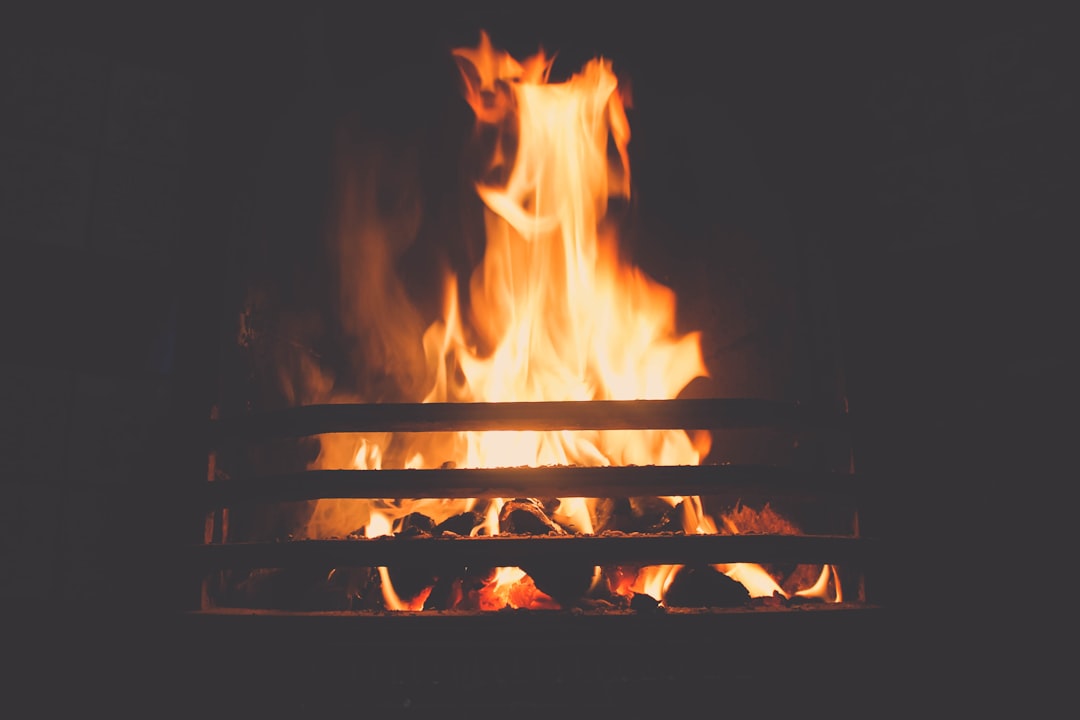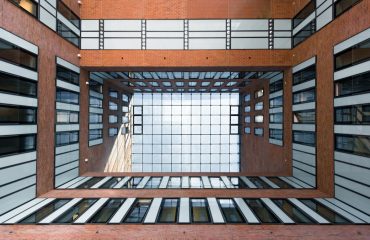“`html
In today’s world, building safety is paramount. Fire-resistant steel plays a crucial role in protecting lives and property by providing structural integrity even during intense fires. This comprehensive guide delves into the world of fire-resistant steel solutions, exploring their various types, applications, benefits, and considerations for implementation.
Understanding Fire-Resistant Steel: More Than Just Steel
Fire-resistant steel isn’t simply a different grade of steel; it’s steel designed and treated to withstand high temperatures for extended periods. Ordinary steel loses its strength significantly at elevated temperatures, leading to structural collapse. Fire-resistant steel, however, maintains its load-bearing capacity for a considerable duration, allowing for safe evacuation and minimizing damage. This enhanced performance is achieved through various methods, including:
- Alloying: Adding specific elements like chromium, nickel, and molybdenum alters the steel’s microstructure, increasing its resistance to oxidation and weakening at high temperatures.
- Protective Coatings: Intumescent coatings, cementitious coatings, and other specialized coatings expand when exposed to heat, creating an insulating layer that protects the underlying steel from excessive temperature increases.
- Encapsulation: Steel members can be encased in concrete or other fire-resistant materials, providing an additional layer of protection.
The choice of method depends on factors like the required fire resistance rating, the specific application, and cost considerations.
Applications of Fire-Resistant Steel: A Wide Range of Uses
Fire-resistant steel finds applications across a vast spectrum of construction projects, including:
- High-rise buildings: Essential for structural support in skyscrapers, ensuring stability during a fire.
- Hospitals and healthcare facilities: Critical for maintaining structural integrity and enabling safe evacuations in medical settings.
- Industrial facilities: Protecting valuable equipment and infrastructure in industrial plants where fire hazards are common.
- Offices and commercial buildings: Enhancing safety and minimizing damage in high-occupancy commercial spaces.
- Bridges and infrastructure: Ensuring the continued functionality of critical infrastructure even during a fire.
- Offshore platforms: Protecting vital equipment and structural elements in challenging offshore environments.
The specific type of fire-resistant steel used will vary depending on the application’s specific requirements and the anticipated fire exposure.
Benefits of Choosing Fire-Resistant Steel: Safety and Beyond
The advantages of using fire-resistant steel extend beyond simply meeting safety regulations. These include:
- Enhanced safety: The primary benefit is the increased safety of occupants and first responders during a fire.
- Reduced property damage: By maintaining structural integrity, fire-resistant steel minimizes the extent of damage caused by fire.
- Faster recovery times: Less damage translates to quicker repairs and restoration, minimizing downtime.
- Cost savings in the long run: While initial investment might be higher, the long-term cost savings from reduced damage and faster recovery often outweigh the initial expense.
- Environmental benefits: Reduced material waste due to minimized damage contributes to a more sustainable approach to construction.
These benefits make fire-resistant steel a compelling choice for any project prioritizing safety and longevity.
Choosing the Right Fire-Resistant Steel: Factors to Consider
Selecting the appropriate fire-resistant steel solution requires careful consideration of several factors:
- Fire resistance rating: This determines how long the steel can withstand specific fire temperatures without compromising its structural integrity. Ratings are typically expressed in hours.
- Structural requirements: The specific load-bearing capacity and dimensions of the steel members must meet project specifications.
- Environmental conditions: Exposure to moisture, chemicals, or other environmental factors can influence the choice of steel and protective coatings.
- Budgetary constraints: Different fire-resistant steel solutions have varying costs, requiring careful balancing of performance and budget.
- Installation expertise: Proper installation is crucial for ensuring the effectiveness of the fire-resistant steel solution. Experienced professionals are necessary for optimal results.
Consulting with experienced engineers and fire protection specialists is essential to make informed decisions.
Future Trends in Fire-Resistant Steel: Innovation and Advancement
The field of fire-resistant steel is constantly evolving, with ongoing research and development focused on:
- Development of lighter and stronger alloys: Reducing weight while maintaining or improving fire resistance is a key area of focus.
- Improved protective coatings: Research is ongoing to develop more effective and durable coatings that provide superior fire protection.
- Innovative testing and certification methods: More accurate and efficient testing methods are being developed to ensure the reliability of fire-resistant steel products.
- Sustainable manufacturing practices: The industry is increasingly focusing on reducing the environmental impact of steel production and disposal.
- Integration with smart building technologies: Combining fire-resistant steel with smart sensors and monitoring systems can enhance fire detection and response capabilities.
These advancements promise even more robust and sustainable fire-resistant steel solutions in the future.
By understanding the various aspects of fire-resistant steel, architects, engineers, and builders can make informed decisions to enhance building safety and create structures that stand the test of time—and fire.
“`




